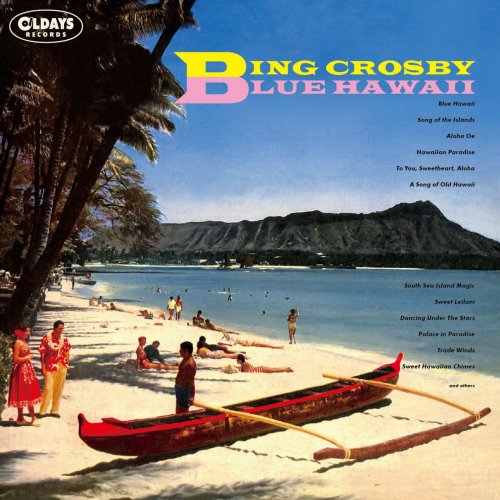Belcea Quartet, Valentin Erben - Schubert: String Quintet, String Quartets In G & D Minor "Death And The Maiden" (2009)
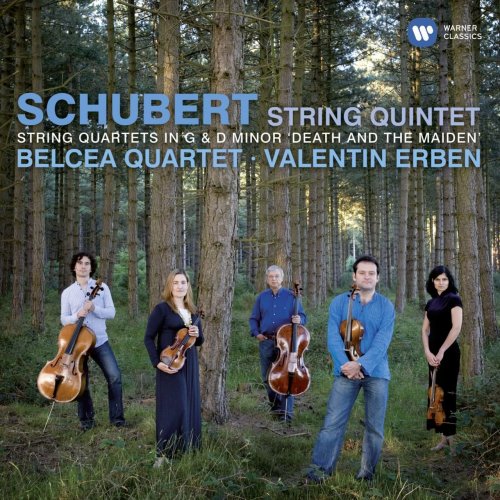
Artist: Belcea Quartet, Valentin Erben
Title: Schubert: String Quintet, String Quartets In G & D Minor "Death And The Maiden"
Year Of Release: 2009
Label: EMI Classics
Genre: Classical
Quality: FLAC (tracks)
Total Time: 02:29:44
Total Size: 658 Mb
WebSite: Album Preview
Tracklist: Title: Schubert: String Quintet, String Quartets In G & D Minor "Death And The Maiden"
Year Of Release: 2009
Label: EMI Classics
Genre: Classical
Quality: FLAC (tracks)
Total Time: 02:29:44
Total Size: 658 Mb
WebSite: Album Preview
CD 1
String Quintet In C, D956 (53:11)
1. I. Alegro Ma Non Troppo 20:00
2. II. Adagio 14:33
3. III. Scherzo: Presto - Trio: Andante Sostenuto 8:59
4. IV: Allegreto 9:39
String Quartet No.15 In G, D887 (52:26)
5. I. Allegro Molto Moderato 22:05
CD 2
1. II. Andante Un Poco Moto 12:27
2. III. Scherzo: Allegro Vivace - Trio: Allegretto 7:17
3. IV: Allegro Assai 10:34
String Quartet No.14 In D Minor, D810 'Der Tod Und Das Madchen / Death And The Maiden' (43:49)
4. I. Allegro 16:03
5. II. Andante Con Moto 14:27
6. III. Scherzo: Allegro Molto - Trio 4:01
7. IV. Presto 9:17
Performers:
Belcea Quartet
Valentin Erben, cello
The traditionally ceremonial key of C major takes on a different hue in Schubert’s Quintet. Its demands, ranging from the pensive to the passionate, don’t ruffle the Belcea Quartet and Valentin Erben. Take it for granted that the playing is on the loftiest level, ensemble always transparently clean; and the ability to think, listen and prepare as a coordinated team results in an extraordinarily cogent performance sure in its grasp of phraseology, structure and dynamics.
Schubert spatters the music, virtually all his music, with filigree sounds, p to ppp, throwing in sudden changes of f to p from one note to another. Such details are always obeyed. Nothing is generalised, as can be heard in the last 17 bars of the slow movement (from 11'00") where absolute mastery over hushed tone, diaphanous texture and instrumental balance produces an awed stillness of time-stopping beauty. Here is technique fully subservient to emotional force not only in this movement, with its charged F minor middle section, but throughout the whole work.
Throughout the other works too. The Belcea’s response to Schubert’s kaleidoscopic moods, from anguished tempestuousness to poetic felicity, centres round their superfine sensitivity to all his markings. The very wide arc through which their softest dynamic layer swings across to its loudest is a critical factor in recreating the dramatic impact of D810; and D887 where the depiction of raw nerve ends and explosions of wrath also incur the most daunting challenges to performers. The Belceas don’t flinch from any of them. Nor do they slacken the tension inherent in the lines. Yet they punctuate the music with a yielding freedom of expression that allows phases to breathe; and Schubert’s last quartet, in scope probably his greatest and most disquieting, ends in an Allegro assai finale where the Belceas underline its message of discomfiture in a tour de force of icy intensity. Their executive aplomb and penetrating intelligence (both clearly conveyed in the recording) place the interpretation of this work, and indeed the whole set, on a pinnacle.
Schubert spatters the music, virtually all his music, with filigree sounds, p to ppp, throwing in sudden changes of f to p from one note to another. Such details are always obeyed. Nothing is generalised, as can be heard in the last 17 bars of the slow movement (from 11'00") where absolute mastery over hushed tone, diaphanous texture and instrumental balance produces an awed stillness of time-stopping beauty. Here is technique fully subservient to emotional force not only in this movement, with its charged F minor middle section, but throughout the whole work.
Throughout the other works too. The Belcea’s response to Schubert’s kaleidoscopic moods, from anguished tempestuousness to poetic felicity, centres round their superfine sensitivity to all his markings. The very wide arc through which their softest dynamic layer swings across to its loudest is a critical factor in recreating the dramatic impact of D810; and D887 where the depiction of raw nerve ends and explosions of wrath also incur the most daunting challenges to performers. The Belceas don’t flinch from any of them. Nor do they slacken the tension inherent in the lines. Yet they punctuate the music with a yielding freedom of expression that allows phases to breathe; and Schubert’s last quartet, in scope probably his greatest and most disquieting, ends in an Allegro assai finale where the Belceas underline its message of discomfiture in a tour de force of icy intensity. Their executive aplomb and penetrating intelligence (both clearly conveyed in the recording) place the interpretation of this work, and indeed the whole set, on a pinnacle.
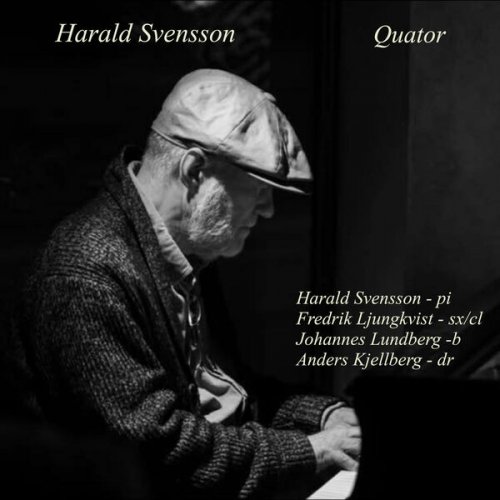

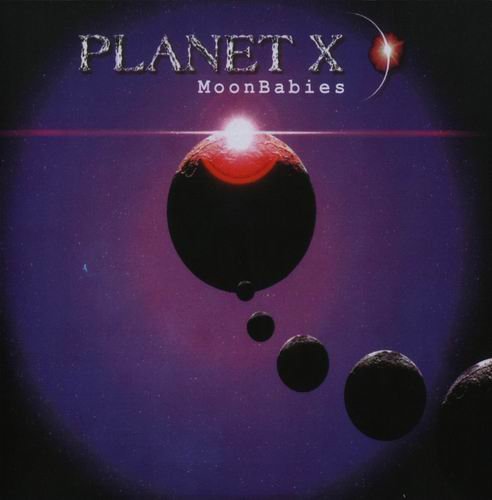
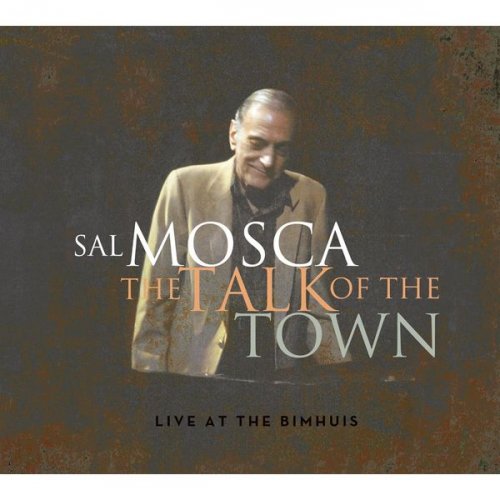



![Ben Aylon, Roei Hermon - SMALL ROOM IN DAKAR (2025) [Hi-Res] Ben Aylon, Roei Hermon - SMALL ROOM IN DAKAR (2025) [Hi-Res]](https://www.dibpic.com/uploads/posts/2025-12/1765640683_pl8lfacmwajwc_600.jpg)
